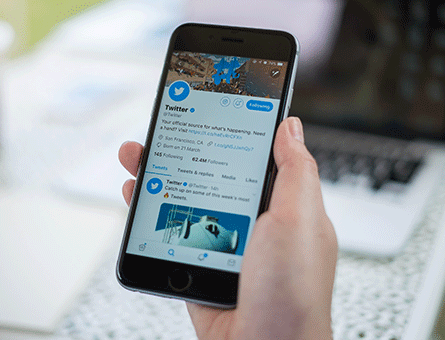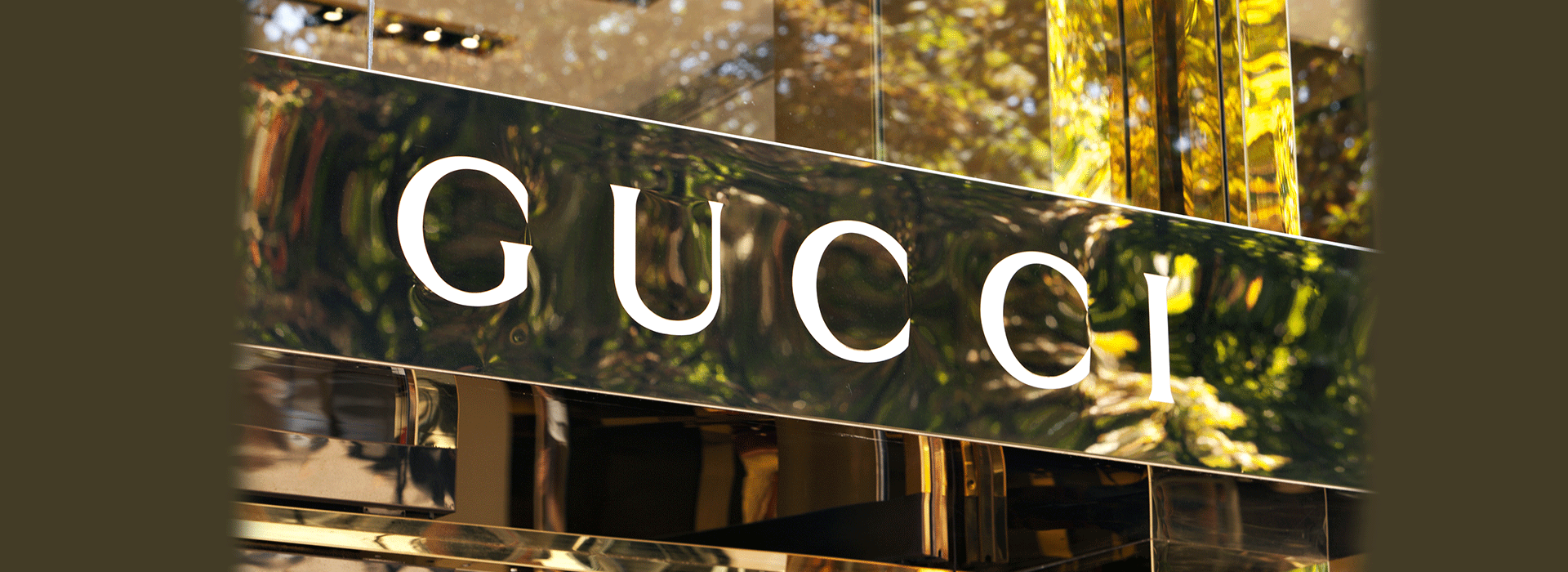Image: Adobestock/ Eigens
OPINION: Dr Claudia Gonzalez-Arcos
Marketing lecturer, and Service Innovation Alliance researcher, University of Queensland Business School
Value is a fascinating marketing concept.
We can gauge the value of Twitter by observing its share price, but how much is an individual tweet worth?
We can calculate the costs involved in producing a handbag, yet how much does a brand name influence its sale price?
This concept of value is being further challenged and disrupted by the rising popularity of non-fungible tokens (NFTs).
NFTs demonstrate with increasing clarity that an asset’s true value lies in what someone will pay for it. They also demonstrate the importance of brand innovation.

What are NFTs?
NFTs are iron-clad digital certificates that prove the ownership and authenticity of a digital asset. They are built using the same blockchain technology as cryptocurrency and can be used to verify the ownership of digital assets including art, music, videos, games and even tweets. But what’s the difference between crypto and NFTs?
In finance terms, a fungible item is a commodity such as money that may be replaced with another equal part. For example, a bitcoin is fungible and can be traded for another bitcoin. However, a non-fungible asset, such as a one-of-a-kind trading card, can’t be replaced.
On 21 March 2006, Twitter CEO Jack Dorsey posted his first tweet on the platform.
Fifteen years later, he used an NFT to sell that tweet as a digital collectors’ item for $AUD3.8 million.
Since then, US artist Beeple sold an NFT of his artwork for $AUD90 million and Charlie Bit My Finger, one of YouTube’s most-watched videos with 885 million views, sold for $US914,500. NFTs are unique and can’t be divided or duplicated, but can be resold in the digital marketplace.
Who is buying NFTs – and why?
To understand the market for NFTs, we must first understand how the digital marketplace has changed consumer behaviour. Take online games. A generational shift has conditioned players to buy digital assets and add-ons in video games.
Roblox, an online platform for game creation and play, has even developed its own in-game currency – although not an NFT, Robux. As consumers become increasingly comfortable with digital-only transactions, they will become more likely to invest in assets that do not exist in the physical world.
Yet, these digital innovation opportunities are also influencing physical experiences. With the rising popularity of NFTs, Superchief billed itself as the world’s first physical NFT gallery, displaying a curated NFT selection on its walls via digital screens.
Image: Roblox
How can brands use NFTs and digital experiences?
Brands must be clear about their market position and look for ways to value-add with digital developments that elevate their core products and services. NFTs and digital innovation should enhance the customer experience and personalisation of their brand.
Popular luxury brand Gucci recently made headlines for offering customers virtual sneakers for only $12, which harnessed augmented reality for users to virtually wear the shoes and take photos in them. But what if you want a one-of-a-kind pair of virtual sneakers? That’s where NFTs enter.

Adobestock / eyewave
DressX is a purely digital fashion site that collaborates with designers to overlay fashion onto customers’ pictures for between $40 and $250. By adding NFTs, they now offer exclusive digital products to each customer, allowing them to justify the five-figure price tags.
NFTs open up a conversation on ways brands and companies can innovate with digital experiences to add value and personalisation to their customers’ lives, while also enhancing their connection across physical and digital spaces. The sky is really the limit once you open your mind to the possibilities.
Read more: AI trends that will change the world from 2030 to 2050
Top tips for brands to leverage NFTs and digital innovation
1. NFTs for physical assets
The greatest potential for mainstream growth will come from attaching NFTs to physical assets. For example, a limited edition luxury handbag brand can attach an NFT to certify its authenticity, record its sales history, track ownership and even assign royalty to an item. That way, every time an asset is resold, the original owner receives a return on their investment in the form of a royalty payment.
2. Always look for ways to add exclusive value
There is future potential for NFTs to attach exclusive access to
enhance experiences, reach new markets and diversify revenue
streams.
Take, for example, a limited-edition piece of digital art. NFTs
could attach that piece of art to unique experiences such as
contact with the artist or behind-the-scenes studio access and
demonstrate brand attributes like accessibility, connection and
innovation.
Creators and owners can also attach royalties to monetise their
assets and provide ongoing revenue each time a work is on-sold.
3. Use NFTs to augment your product into digital environments
As well as looking at how NFTs can enhance a physical product
or service, it’s important to leverage new markets by looking at
how you can convert your product or service into a digital offering.
Image: Adobestock / Ascannio
While NFTs might seem like a fast-rising fad, it’s important to remember only 10 years ago, the idea of dating someone you matched with on a phone app, paying someone to drive you in their car or staying in a stranger’s house would have also seemed ridiculous.
The swelling popularity of NFTs points to a growing willingness to invest in digital assets and a new blended world developing between digital and physical experiences. As a business, the trend is a critical reminder of the importance of digital innovation to enhance the customer experience, explore new markets and stand out among your competitors.
 Dr Claudia Gonzalez-Arcos is a marketing researcher with UQ Business School with expertise in service innovation, sustainability, brand management, and digital marketing strategies. Contact Claudia.
Dr Claudia Gonzalez-Arcos is a marketing researcher with UQ Business School with expertise in service innovation, sustainability, brand management, and digital marketing strategies. Contact Claudia.

